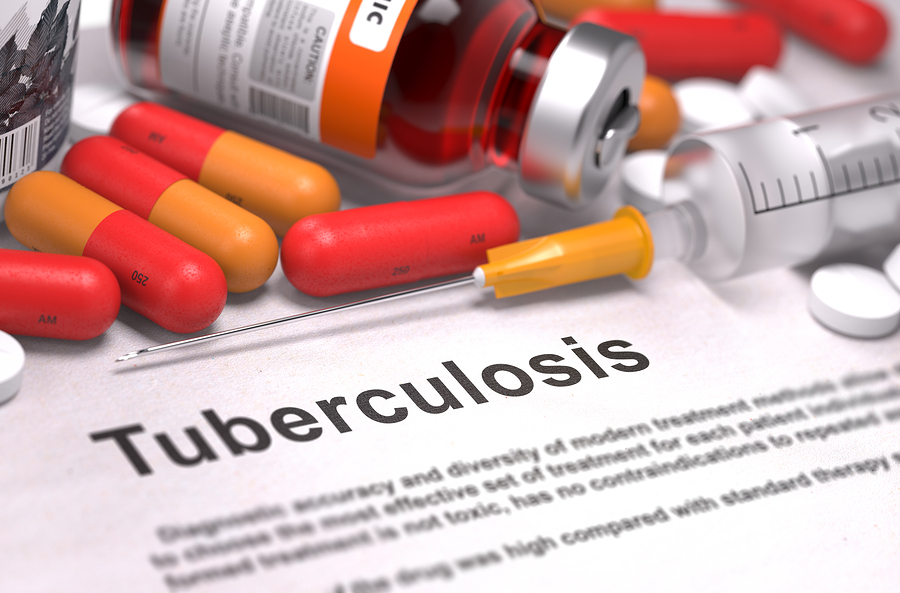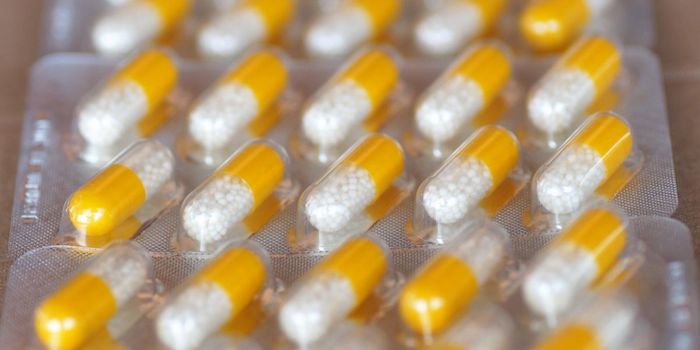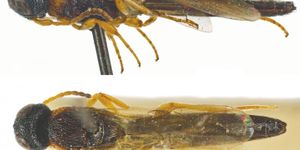Potential Non-Antibiotic Drug For Tuberculosis

After 10 years of research, scientists at the University of Manchester have created the first non-antibiotic drug that can successfully treat tuberculosis (TB) in animal models. The research, which was funded by the Medical Research Council, was published in the Journal of Medicinal Chemistry. The scientists hope that the developed drug will enter clinical trials within the next three to four years.
The drug works by targeting the Mycobacterium tuberculosis’ defense system rather than attacking the bacterium itself, possibly taking out the common antibiotic-resistant strain. Even though 100 years earlier, a vaccine was created for TB, still today one in three people across the globe are thought to be infected. Roughly 1.7 million worldwide die annually from TB, however, about 7.3 million of those diagnosed with TB were treated in 2018.
The infectious disease is most prevalent in Africa, India, and China. However, it has been recently on the rise in the UK with London often labeled as the “TB capital of Europe”. Those diagnosed with TB often are prescribed a series of strong antibiotics over the course of 6 to 8 months while withstanding adverse side effects including a 20% risk of the disease returning.
Now, the developed drug was proven effective in rodents at Rutgers University. "The fact that the animal studies showed our compound, which doesn't kill the bacteria directly, resulted in a significant reduction in the bacterial burden is remarkable,” explains project leader Professor Lydia Tabernero. “For more than 60 years, the only weapon doctors have been able to use against TB is antibiotics. But resistance is becoming an increasingly worrying problem and the prolonged treatment is difficult and distressing for patients. And with current treatments, there's no guarantee the disease will be eliminated: antibiotics do not clear the infection and the risk of being infected with drug-resistant bacteria is very high. But by disabling this clandestine bacteria's defenses we're thrilled to find a way that enhances the chances of the body's immune system to do its job, and thus eliminates the pathogen."
The bacterium responsible for tuberculosis produces molecules known as Virulence Factors which help inhibit the immune response to the infection. One Virulence Factor that was identified is called MptpB. MptpB is a drug suitable target because when inhibited, it allows the white blood cells (leukocytes) to kill the Mycobacterium effectively. "The great thing about MptpB is that there's nothing similar in humans -- so our compound which blocks it is not toxic to the human cells,” explains Tabernero. "Because the bacteria hasn't been threatened directly, it is less likely to develop resistance against this new agent, and this will be a major advantage over current antibiotics, for which bacteria had already become resistant. TB is an amazingly difficult disease to treat so we feel this is a significant breakthrough. The next stage of our research is to optimize further the chemical compound, but we hope Clinical trials are up to four years away."
To learn more about Tuberculosis, watch the video below!
Source: University of Manchester








